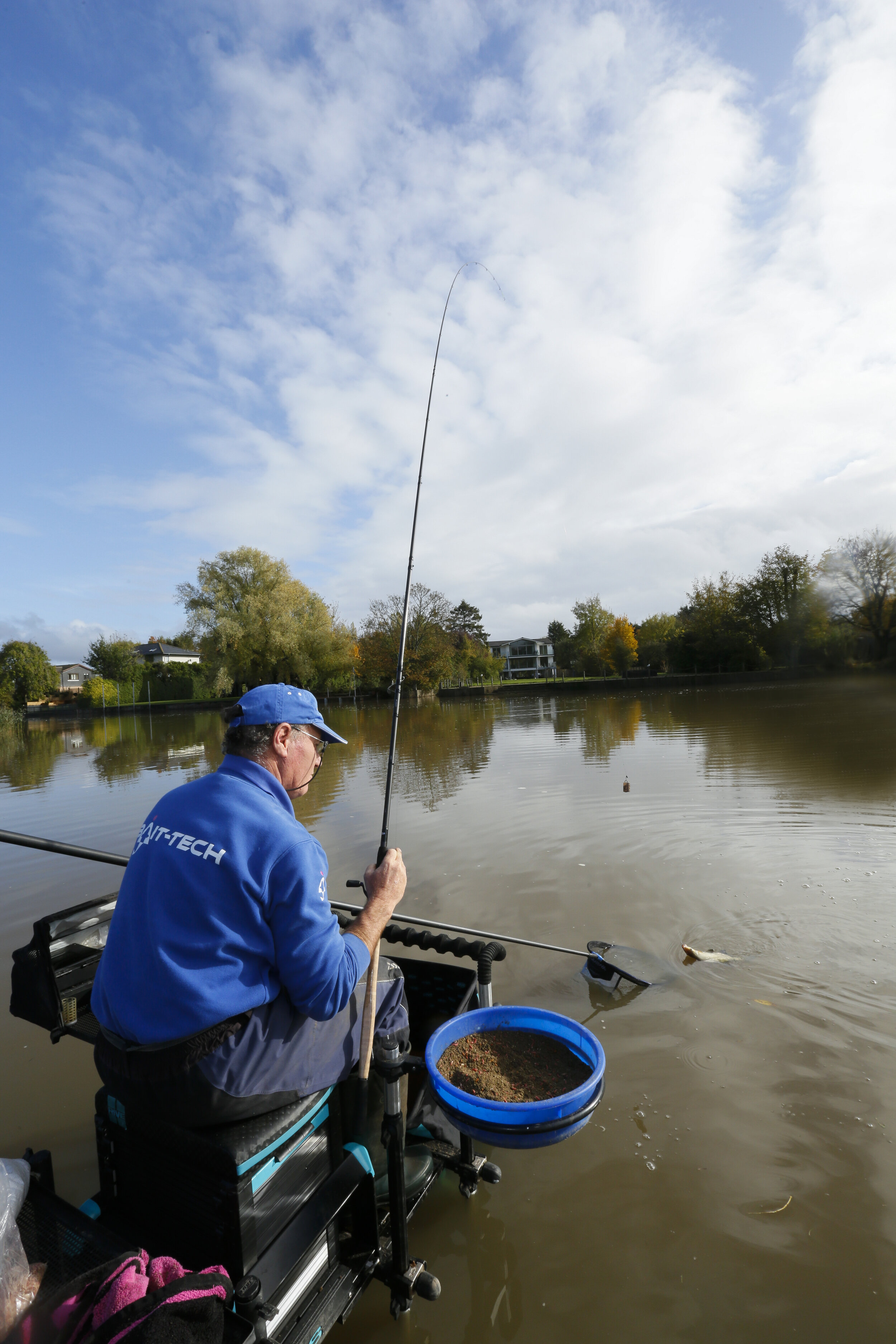River fishing tips | Fish the feeder for floodwater bream with Kelvin Tallet
Hopefully by the time you read this, the floods in your area will have subsided or at least begun to.
I live in the West Midlands, and I’m lucky in that there is a wide variety of rivers to fish. Except in the most extreme conditions, I can usually find somewhere to go. And as someone who loves running water more than anything else, I will go out of my way to find fishable areas.
Even when there is extra water in a river, as long as it can be accessed and fished safely, there will be fish to be caught.
Deep areas, the inside of bends, lock cuttings and backwaters will all produce fish, and it’s amazing what species will turn up in places you least expect. You’ll even catch out in the main flow, although fishing here can be challenging!
Warm flood
Of all the fish in our rivers, two species seem to positively thrive in what I would describe as a ‘warm flood’. This is where the river has been high and coloured for a few days, debris has been washed away, and levels have settled or maybe started to fall.
In these conditions, barbel and bream make good targets and it was bream I decided to fish for during a trip to the Warwickshire Avon near Stratford recently.
The famous Lido stretch of the river here offers numerous swims which vary tremendously according to the state of the river. Some that are hardly worth fishing in normal levels can suddenly produce when there’s extra water in the river, and for today’s session I visited one of these in the hope of catching some bream.
I’m sure there are swims on your local river that become similarly transformed in a flood. The fish you catch may not be huge, but the feeling of satisfaction can be immense when your quivertip goes round or drops back and you feel that tell-tale ‘thud’ of something worth catching on the other end.
Plenty of feed
Today’s session was always going to be feeder job with bream the target. My plan was to introduce a decent bed of bait at a nice comfortable cast towards the main flow, but not right in it.
I began with six big feederfuls of groundbait to which I’d added plenty of chopped worms and red maggots. Once the feeder had hit bottom I ‘struck’ to release the feed, and once I was happy I set my rig up. This incorporated a feeder with 1oz of lead attached – not a heavy weight but enough to hold bottom in the moderate flow. Had the flow had been stronger, a heavier feeder would be required.
The rig
Slide a Korum Feedabead on to the mainline.
Clip your chosen feeder on to the Feedabead.
Tie a quick-change bead on to the end of the mainline.
Attach a 2ft hooklength to the quick-change bead. The hooklength had a 9ins loop at the top, knotted at 3ins intervals to make three smaller loops acting as a boom.
Finally, fix a small shot 4ins above the hooklink to create a mini bolt rig
The session
It was a beautiful early winter’s day and I really fancied it for a few fish, but instead of the hoped-for bream, my first fish after 20 minutes was a small perch.
Not the ideal start, but I needn’t have worried because on the next cast the tip jagged round again and this time it was decent skimmer bream, which looked a picture in the sunlight. Another soon followed, again on worm tipped with a dead maggot on a strong size 16 hook, before bites stopped.
I wondered whether this might be because the fish were feeding well and they wanted more bait, so I added two more baiting feeders, this time with more worms added. This worked a treat as three more skimmers followed in the next half-hour.
Again, bites ceased, so two more big feeders of bait went in and the skimmers returned, along with a couple of roach and another perch. So it continued, and I ended the day with eight skimmers, two roach and two perch – an extremely pleasing result at a time when many anglers wouldn’t have gone anywhere near their local river!
CLUB INFORMATION
Kelvin was fishing the Lido stretch of the Warwickshire Avon near Stratford. Visit www.leamingtonangling.co.uk for details




